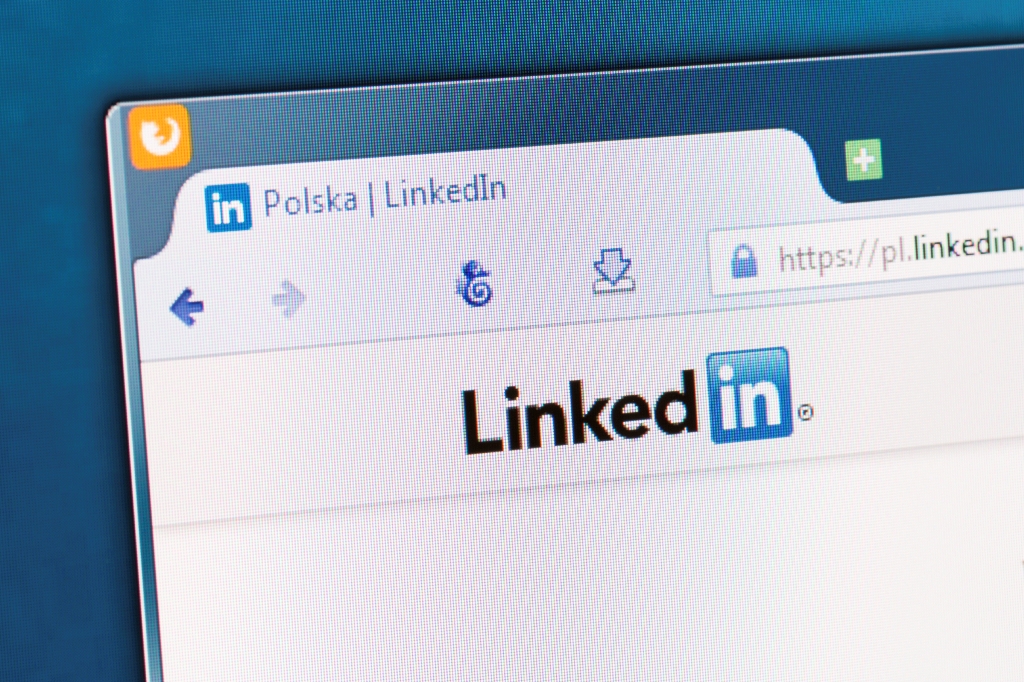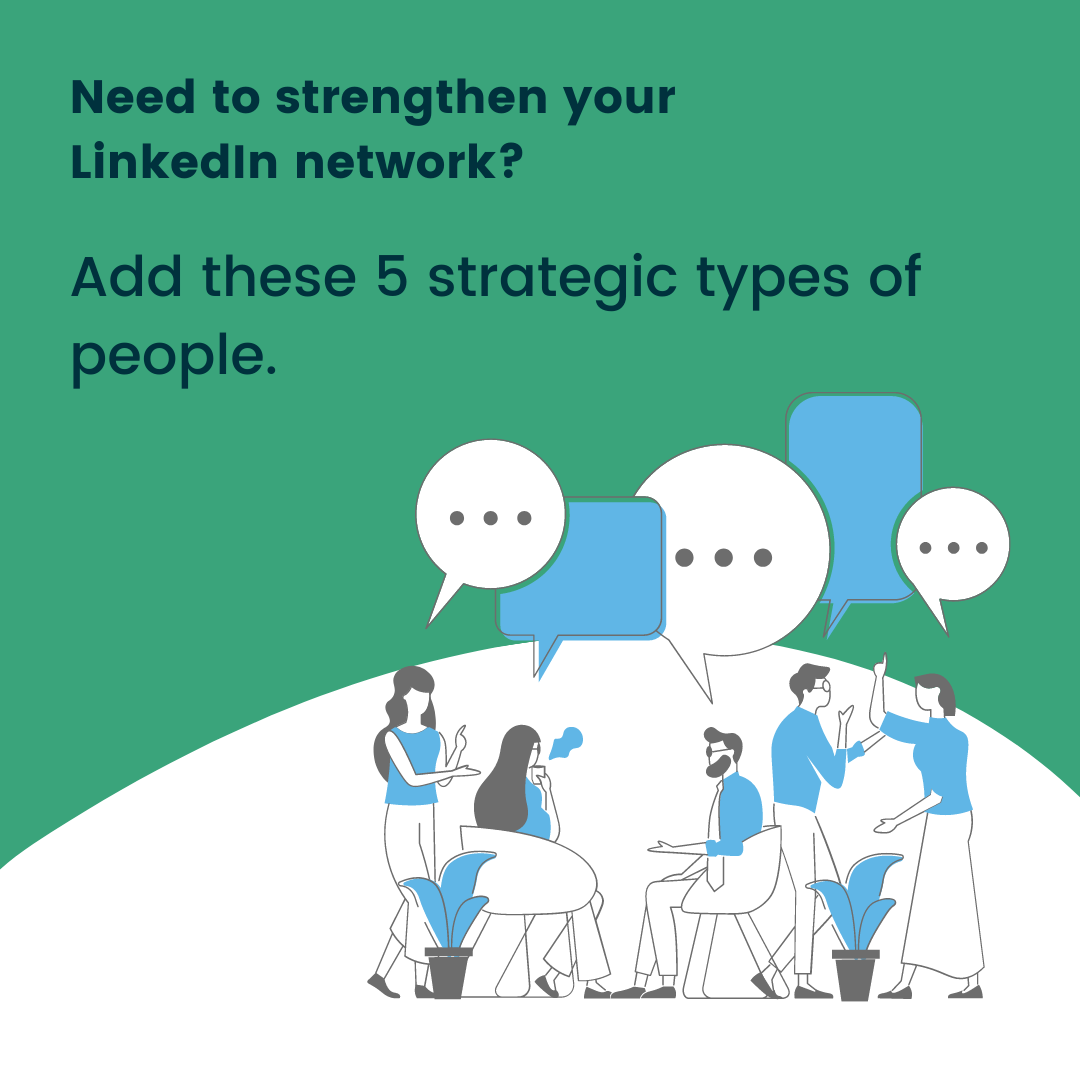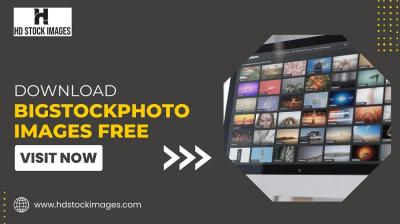In today's digital world, networking is more important than ever. LinkedIn, the professional networking platform, is a powerful tool that can help you connect with industry leaders, potential employers, and like-minded professionals. But how do you build strong connections on LinkedIn? In this post, we'll explore effective strategies to expand your network and foster meaningful professional relationships.
Understanding the Importance of LinkedIn Connections

Think of your LinkedIn connections as the backbone of your professional network. Each connection you make opens doors to new opportunities, insights, and collaborations. Here’s why having a robust LinkedIn network is crucial:
- Access to Opportunities: A strong network can lead to job referrals, mentorships, and even partnerships. When you connect with people in your industry, you're more likely to hear about job openings and projects that fit your skills.
- Industry Insights: Following industry leaders and peers allows you to stay updated with the latest trends and news. This knowledge can give you a competitive edge.
- Increased Visibility: The more connections you have, the more visible you become. When you post updates or articles, your connections are likely to engage, amplifying your reach.
- Enhanced Credibility: A well-connected profile signals to others that you are an active participant in your industry. It enhances your professional credibility.
Building these connections is not just about quantity; it's about quality. Here are some specific benefits of nurturing meaningful LinkedIn relationships:
| Connection Type | Benefits |
|---|---|
| Colleagues | Collaboration on projects and sharing resources. |
| Mentors | Guidance and career advice from experienced professionals. |
| Industry Leaders | Access to exclusive insights and trends. |
| Alumni | Shared experiences and common ground to foster relationships. |
In essence, strong LinkedIn connections can significantly impact your career trajectory. By focusing on building genuine relationships rather than just increasing numbers, you set yourself up for long-term success. Now, let’s dive into some actionable strategies for making those connections count!
Also Read This: How to Add a Promotion in LinkedIn to Highlight Career Achievements
3. Optimizing Your LinkedIn Profile for Networking

When it comes to networking on LinkedIn, your profile is your first impression. Think of it as your digital business card, but way more powerful! Here are some ways to make your profile pop:
- Professional Photo: A clear, professional headshot makes you look approachable and credible. Avoid selfies or casual pictures. Instead, opt for a background that complements your profession.
- Compelling Headline: Your headline isn’t just your job title; it's a mini pitch. Use keywords that describe your skills and what you’re passionate about. For example, instead of "Marketing Manager," try "Creative Marketing Manager | Passionate about Digital Strategy & Brand Storytelling."
- Detailed Summary: Your summary is your chance to shine! Share your professional journey, highlight achievements, and include your career goals. Don't forget to sprinkle in some personality—let your voice come through!
- Skills & Endorsements: List relevant skills that reflect your expertise. Encourage peers to endorse your skills; this boosts your credibility. It’s like having your own cheer squad!
- Recommendations: Ask colleagues or supervisors for recommendations. A glowing recommendation can provide social proof that you’re the real deal.
Lastly, keep your profile updated. Regular tweaks and additions can help you stand out, especially when new opportunities arise. Remember, an optimized profile attracts not just connections but also potential job offers and collaborations!
Also Read This: How to See Who Follows You on LinkedIn
4. Strategies for Sending Connection Requests

Sending connection requests on LinkedIn is more than just clicking a button; it’s about building relationships. Here’s how you can do it effectively:
- Personalize Your Request: Always add a personal message when sending a connection request. Mention how you know the person or why you’d like to connect. For instance, “Hi [Name], I enjoyed your article on [topic]. I’d love to connect and share insights!” This shows you’re genuinely interested.
- Connect with Purpose: Be strategic. Connect with individuals who align with your professional goals, whether they are industry leaders, potential collaborators, or alumni from your school.
- Engage Before You Connect: If possible, engage with their content before sending a request. Like or comment on their posts to get on their radar. This increases the chances they’ll accept your request.
- Follow Up: If your request is accepted, don’t let it go stale! Send a thank-you message and perhaps ask a question or propose a virtual coffee chat to deepen the connection.
- Avoid Spammy Behavior: Don’t send mass requests or use vague messages. This can lead to your profile being flagged. Quality over quantity is key!
Remember, networking is about building genuine relationships. When you approach it with authenticity and respect, you’re bound to create a valuable professional network!
Also Read This: How Many Characters Can a LinkedIn Post Have? Content Limitations Explained
5. Engaging with Your Network Effectively
Engagement is the backbone of any successful networking strategy on LinkedIn. Simply connecting with people isn’t enough; you need to actively participate and show genuine interest in their activities. Here are some effective ways to engage:
- Personalized Messages: When you connect with someone, send them a personalized message. Mention a common interest or a recent post of theirs that resonated with you. For example, “Hi [Name], I loved your recent post on digital marketing trends! I’d love to connect and share insights.”
- Comment Thoughtfully: Instead of just liking posts, leave thoughtful comments that add value to the conversation. This not only shows your expertise but also helps you get noticed. For instance, “Great points, [Name]! I particularly agree with your take on the importance of SEO in content marketing.”
- Share Content: Regularly share articles, insights, or even your own blogs. Make sure to include a brief commentary to spark discussion. You might say, “I just read this article about remote work trends in 2024. What do you think about the shifting dynamics of team collaboration?”
- Tag Relevant Connections: When you share content, tag connections who might find it interesting. This not only boosts engagement but also shows that you value their opinions. For example, “@JohnDoe, I thought of you when I read this—would love to hear your thoughts!”
Finally, don't shy away from celebrating your connections' achievements. A simple comment like, “Congratulations on your recent promotion, [Name]! Well deserved!” can go a long way in building rapport.
Also Read This: Where is My LinkedIn QR Code: Accessing and Using Your LinkedIn QR Code for Easy Networking
6. Leveraging LinkedIn Groups for Networking
LinkedIn Groups are like hidden gems when it comes to expanding your network. They provide a platform where you can connect with like-minded professionals who share your interests. Here’s how to make the most out of LinkedIn Groups:
- Join Relevant Groups: Start by joining groups that align with your industry or interests. Look for groups with active discussions and a healthy number of members. For instance, if you’re in digital marketing, groups like “Digital Marketing Association” or “SEO and Content Marketing” can be invaluable.
- Participate Actively: Don’t just be a passive member; engage in discussions, answer questions, and provide your insights. This establishes you as an authority in the group. Commenting on a trending topic or asking questions can spark meaningful conversations.
- Share Resources: If you come across an article, webinar, or tool that could benefit group members, share it! This not only adds value but also positions you as a helpful and resourceful member. Always add a brief note explaining why you think it’s useful.
- Initiate Discussions: Don’t wait for others to start conversations. Post questions or topics that you believe will engage group members. For example, “What are your thoughts on the future of AI in marketing?” can ignite a lively discussion.
Moreover, consider reaching out to members who frequently engage in discussions. A simple message saying, “Hi [Name], I noticed your insights on [Topic] in our group. I’d love to connect and exchange ideas!” can open doors to new opportunities.
Also Read This: How to See Your Likes on LinkedIn and Track Your Engagement
7. Building Relationships Through Content Sharing
Content sharing on LinkedIn is a powerful way to nurture your professional relationships. It’s not just about posting your own achievements; it's about curating and sharing valuable content that resonates with your connections. Here are some effective strategies to build relationships through content sharing:
- Share Relevant Articles: Find articles that align with your industry or interests and share them with a personal touch. Add your insights or ask open-ended questions to spark conversation. For example, if you come across a piece about emerging technologies in your field, share it along with your thoughts on how it might impact your work.
- Highlight Connections’ Achievements: When someone in your network has a win, whether it’s a new job, a promotion, or a published article, share that on your profile. This not only celebrates their success but also shows that you’re actively engaged in their professional journey.
- Create Original Content: Don’t hesitate to share your own articles or posts. Discuss your experiences, lessons learned, or industry trends. For instance, if you recently attended a conference, write about your key takeaways and tag relevant connections. This positions you as a thought leader and encourages others to engage with you.
- Utilize Visual Content: Infographics, videos, and slideshows are great tools to share insights visually. They’re often more engaging than text alone. If you’ve created a presentation on a relevant topic, consider sharing it on LinkedIn to generate interest and feedback.
Remember, content sharing is not a one-way street. Engage with those who comment on your posts and reciprocate by interacting with their content as well. Building relationships takes time, so be consistent in your efforts. Over time, this will foster deeper connections and can lead to fruitful collaborations and opportunities.
8. Measuring the Success of Your Networking Efforts
So, you've put in the work to build a strong LinkedIn network. But how do you know if your efforts are paying off? Measuring the success of your networking strategies is crucial for understanding what's working and what needs adjustment. Here are a few practical ways to evaluate your networking effectiveness:
- Track Connection Growth: Monitor the number of connections you’ve made over time. A consistent increase suggests that your outreach and engagement strategies are effective. You can use LinkedIn’s analytics tools to see how your connection count has changed month over month.
- Engagement Metrics: Look at likes, comments, and shares on your posts. High engagement rates suggest that your content resonates with your audience. For instance, if a specific post about industry trends receives more interaction than others, consider creating similar content in the future.
- Qualitative Feedback: Sometimes, it’s not just about numbers. Pay attention to direct messages, comments, and even invitations to collaborate. Positive feedback from your network indicates that your connections value your insights and contributions.
- Lead Generation: If you're using LinkedIn for business purposes, track how many leads or opportunities arise from your networking efforts. Keep a record of how many prospects you’ve engaged with after connecting on LinkedIn.
- Surveys and Polls: Consider conducting occasional surveys to gather feedback from your connections. This can provide insights into how they perceive your content and engagement style.
By regularly measuring these aspects, you can refine your approach and ensure that your networking efforts are both meaningful and effective. Remember, networking is a journey, not a destination. Celebrate your successes and learn from your experiences along the way!
 admin
admin








